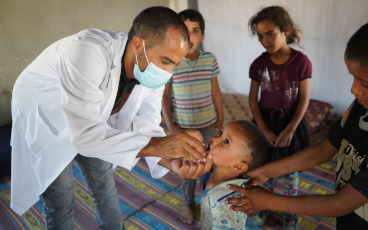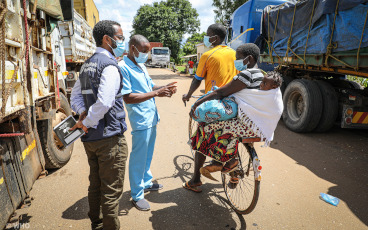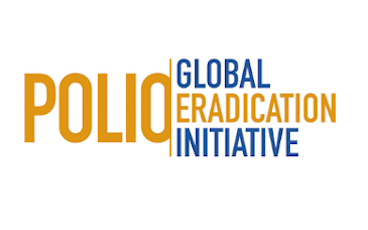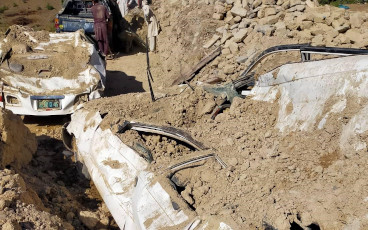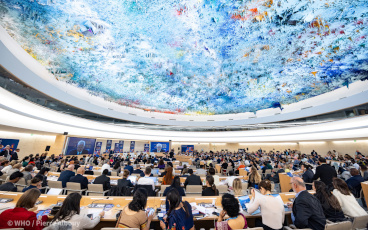Planning for a polio-free future
Ensuring polio-funded resources can continue to strengthen health systems.
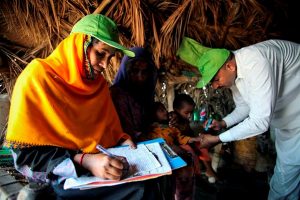
In the fight against polio, vaccinators are reaching communities well beyond the reach of central healthcare systems. For some, polio-funded personnel are the only health workers they have ever seen.
Which is why it is so important that polio-funded resources don’t simply dry up or disappear the moment the disease is eradicated. Legacy planning is a key component of the Polio Eradication and Endgame Strategic Plan 2013-2018 – not only to safeguard against polio’s return, but to ensure that the infrastructure, strategies and systems put in place to end polio can be used to reach even the most difficult-to-reach communities with other health services in the future.
While putting a stop to polio will continue to be the Global Polio Eradication Initiative’s number one priority, an extensive process of consultation and planning for the post-eradication era will be implemented between now and 2015, with input sought from the global, regional and country levels.
To find out more, read through this set of frequently asked questions about the legacy planning process.


